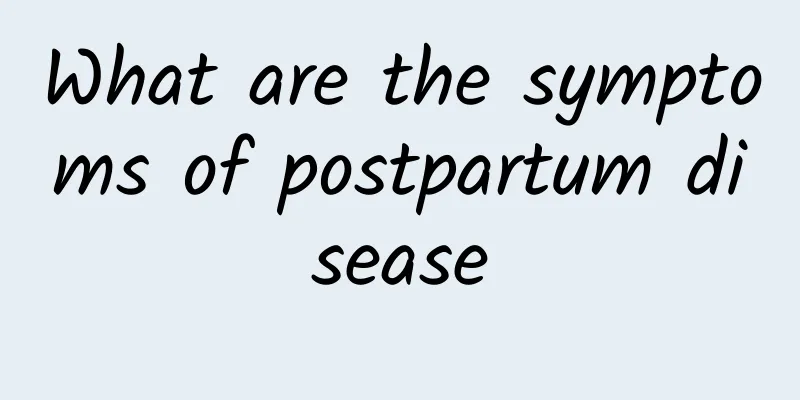Fiberoptic colonoscopy

|
As long as the fiber colonoscopy is mentioned, I believe many friends will shake their heads and leave, because it is generally believed that although this examination can effectively detect whether the large intestine has lesions, you must know that in recent years, the occurrence of intestinal diseases and colorectal cancer has shown an increasing trend. The colonoscopy examination uses a flexible tube about 140CM long with a miniature electronic camera at the end to enter the large intestine from the anus to check whether the large intestine is healthy. Let's learn about the fiber colon examination below. 1. If you find the following symptoms, you must undergo a fiber colonoscopy 1. Patients with unexplained blood in stool or persistent fecal occult blood; 2. Those with lower gastrointestinal symptoms, such as chronic diarrhea, long-term progressive constipation, changes in bowel habits, abdominal pain, abdominal distension, etc., whose diagnosis is unclear; 3. X-ray barium enema examination shows suspected lesions in the terminal ileum and colon, or the nature of the lesions cannot be determined; 4. Those with negative X-ray barium enema examination but with obvious intestinal symptoms or suspected malignant changes; 5. Patients with low intestinal obstruction and abdominal mass, and colon disease cannot be ruled out; 6. Unexplained weight loss and anemia; 7. Those who need colonoscopic treatment, such as colon polypectomy, hemostasis, sigmoid colon torsion or intussusception reduction, etc.; 8. Those who need to check the anastomosis after colectomy; 9. Patients who need regular colonoscopy follow-up after colon cancer surgery, polypectomy and inflammatory bowel disease treatment; 10. Patients who need colonoscopy to assist in exploration and treatment during intestinal disease surgery; 11. Colon disease screening is required 2. Precautions after inspection 1. During the colonoscopy, air will be continuously injected to facilitate the observation of the intestinal mucosa. After the operation, due to the accumulation of air in the large intestine, the patient may feel abdominal distension and discomfort, which will generally disappear gradually after a few hours. 2. Patients who undergo colonoscopy for biopsy or electroresection of polyps need to eat a liquid diet, pay attention to changes in stool color, and observe for symptoms such as abdominal pain and blood in the stool. 3. If you experience persistent abdominal pain or heavy bleeding in your stool after colonoscopy or endoscopic treatment, you should inform your doctor promptly and seek further treatment if necessary. |
>>: What are the examinations of digestive endoscopy?
Recommend
Swelling of fingers when making a fist
There is a saying that goes "a clever mind b...
What disease causes bloating, nausea and hiccups?
Although bloating, nausea and hiccups are not ser...
Gastric ulcer diet recipes
The stomach is very common in our daily life. Man...
Getting up for 1 minute can actually replenish the kidneys, the effect is amazing
Many people often feel dizzy and heavy, weak all ...
Rosemary for Hair Loss
Rosemary, also known as ocean dew, is a plant tha...
What are the pros and cons of male vasectomy?
As for the word "vasectomy", the people...
When is the best time to correct teeth?
Orthodontics is a treatment method for dental def...
The effect of moxibustion on the middle pole
In the eyes of many people, moxibustion is consid...
The principle of realgar fetal modification
The greatest happiness in life is to have a son a...
How is clear cell renal tumor treated?
The impact and threat caused by renal clear cell ...
What does endocrine disorder mean?
When it comes to endocrine disorders, I believe m...
There are pimples on the hair below
The female private parts are a very fragile and s...
Back meridian points
Everyone should be familiar with acupoint massage...
The harm of dental caries
Dental caries is mainly a common pathological les...
Clearing away heat and purging fire, these three Chinese medicines are the most effective
Nowadays, the method of using traditional Chinese...









